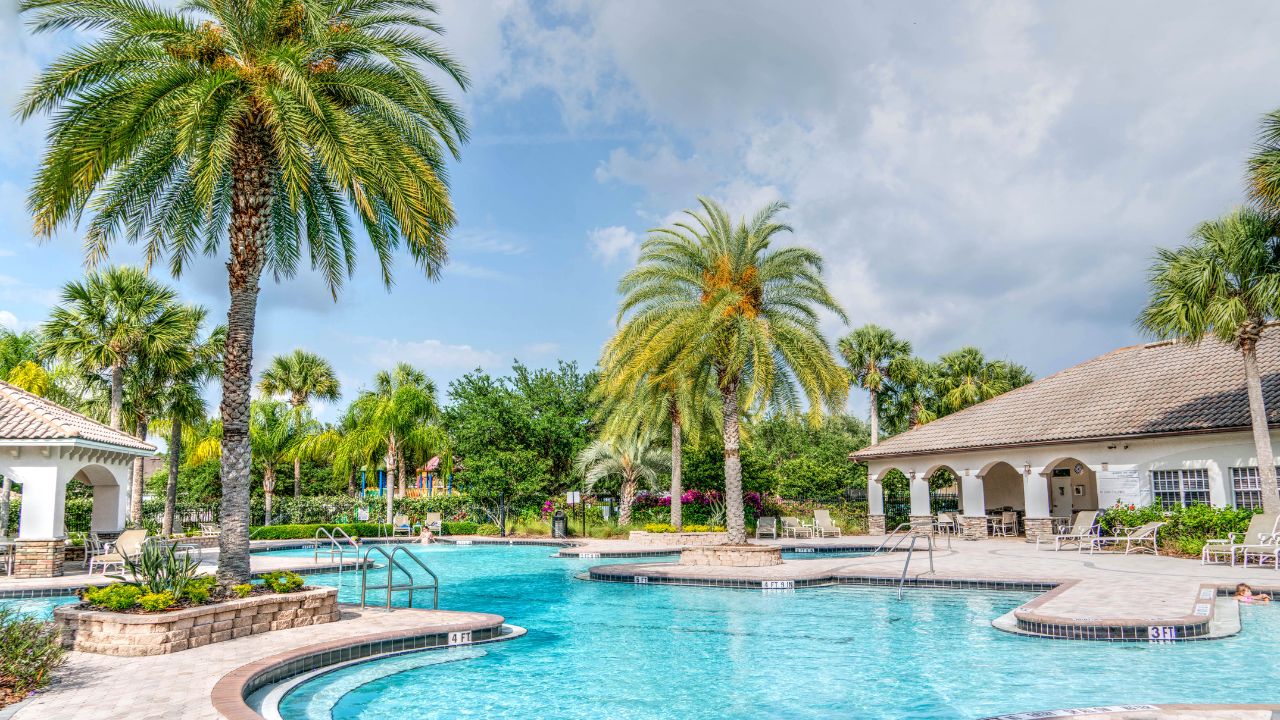Swimming pools are a fantastic addition to any home, offering a refreshing oasis for family and friends to gather, especially during the warmer months. However, they can also be a significant source of energy consumption, leading to higher utility bills. The good news is that with the right strategies and technologies, it’s possible to enjoy your swimming pool while also making it more energy-efficient and cost-effective. In this blog post, we will explore several tips for saving on your energy bill through energy-efficient swimming pool practices. Moreover, we’ll touch upon the financial aspects of pool projects, emphasizing how financing can be a savvy approach to making pool ownership more manageable by spreading out the costs into monthly payments.
Contents
1. Upgrade to a Variable Speed Pump
One of the most effective ways to reduce your swimming pool’s energy consumption is by upgrading to a variable speed pump. Unlike single-speed pumps that operate at a constant high speed, variable speed pumps can adjust their speed to the pool’s needs, significantly reducing energy usage. They are quieter, more efficient, and can save up to 90% on energy costs compared to traditional pumps.
2. Use a Pool Cover
Using a pool cover is a simple yet effective method to save energy. Pool covers reduce water evaporation, which is a major cause of heat loss. By keeping your pool covered when not in use, you can significantly reduce the energy required to heat the pool, cut down on water usage, and also reduce the amount of chemicals needed to maintain water quality.
3. Opt for Energy-Efficient Heating Solutions
Heating a pool can consume a lot of energy, especially in cooler climates. Consider investing in energy-efficient heating solutions like solar pool heaters, heat pumps, or gas heaters with high efficiency ratings. Solar pool heaters, for example, use the sun’s energy to heat the water, which can dramatically reduce your energy bill.
4. Implement LED Lighting
If your pool uses lighting, switching to LED lights can offer substantial energy savings. LED lights consume significantly less energy than traditional incandescent or halogen pool lights and have a longer lifespan, reducing both your energy bill and maintenance costs.
5. Regular Maintenance
Regular maintenance is key to keeping your pool energy-efficient. Ensure that the filters are clean, the pumps are in good working order, and the heating system is functioning efficiently. A well-maintained pool uses less energy to circulate and heat the water.
6. Optimize Pool Design and Location
If you are in the planning stages of installing a pool, consider its design and location carefully. Pools that are designed to minimize resistance and optimize circulation can be more energy-efficient. Additionally, placing your pool in a location that receives direct sunlight can help naturally warm the pool, reducing heating demands.
7. Smart Pool Systems
Investing in a smart pool system can lead to significant energy savings. These systems allow you to monitor and control your pool’s features remotely, ensuring that energy is not wasted. For instance, you can adjust the heating schedule based on usage patterns or control the pump’s speed to match the pool’s needs.
Financing Your Energy-Efficient Pool
While the initial cost of making your pool more energy-efficient can be significant, it’s important to view these expenses as an investment towards reducing your long-term energy bills. However, pool projects can be expensive, and utilizing a pool loan is often a good idea to spread out the costs into monthly payments, making it more manageable. Many homeowners opt for financing options like home equity loans, personal loans, or even specific pool financing plans offered by pool companies and financial institutions. These financing options can provide the flexibility to undertake necessary upgrades without the upfront financial burden, allowing you to enjoy the benefits of an energy-efficient pool immediately.
Financing can also enable homeowners to implement comprehensive energy-saving measures that might otherwise be too costly to consider as a one-time expense. By spreading the cost over time, it becomes easier to justify the investment in high-quality, energy-efficient equipment and technology that will save money in the long run. Moreover, some energy-efficient pool equipment may qualify for rebates or tax incentives, further offsetting the initial costs.
In conclusion, creating an energy-efficient swimming pool is not only environmentally responsible but also financially savvy. By implementing the tips outlined above, you can significantly reduce your pool’s energy consumption and enjoy savings on your energy bill. Furthermore, considering financing options for your pool project can make the process of upgrading and maintaining an energy-efficient pool more accessible and manageable. Embrace the benefits of energy efficiency and make your swimming pool a sustainable luxury to enjoy for years to come.




